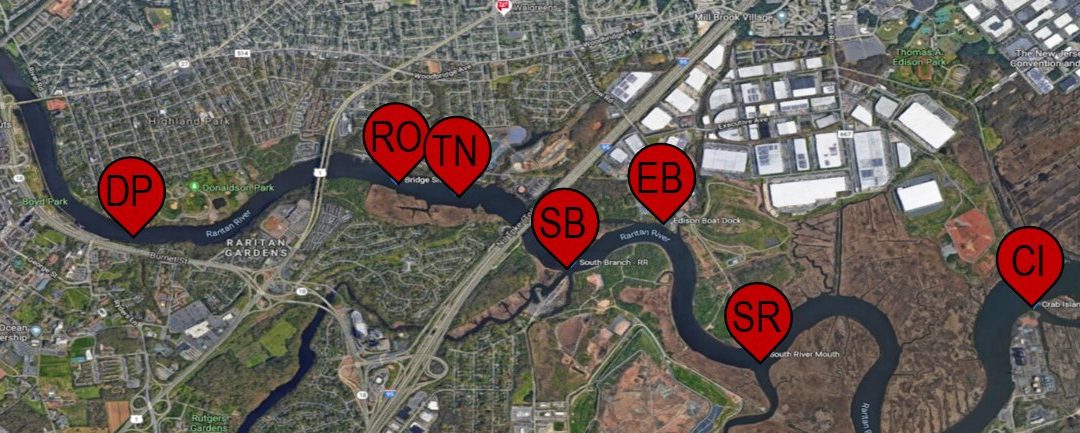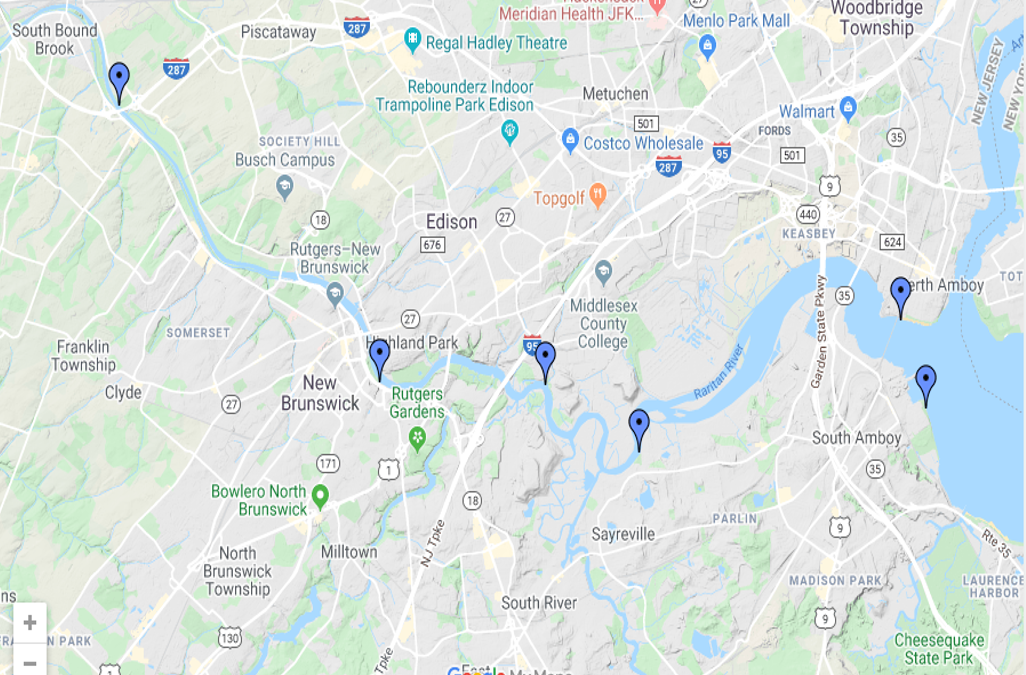Two free webinars to showcase recent research on the Raritan. Tuesday, November 30, 2021 from 9:00 am to 10:15 am (link to view Zoom Recording)...


Two free webinars to showcase recent research on the Raritan. Tuesday, November 30, 2021 from 9:00 am to 10:15 am (link to view Zoom Recording)...

Given the COVID-19 emergency and its disruption to the lives of so many members of Raritan River Basin communities, and out of an abundance of...

Dr. Philip Sontag and Professor Katherine Dawson collaborated on a mini-grant project to understand the biogeochemical cycles of trace metal...

This project examined the flood mitigation plans of the seven counties in the Raritan River watershed to better understand local government flood...

Aquatic connectivity is a key restoration goal for the New York – New Jersey Harbor & Estuary Program (HEP) and its partners. The creation of...

Near-real-time water-quality monitoring of different variables in the Raritan River is critical to protect the aquatic life and to prevent...

Tidal marshes provide a range of ecosystem services, including carbon sequestration. Although New Jersey’s tidal marshes appear to have kept pace...

The changing climate and development patterns of the Lower Raritan Watershed occur against a backdrop of substantial impervious surface coverage...

The Rutgers Raritan River Consortium (R3C) is dedicated to providing students, especially those from diverse backgrounds, with opportunities to...

Little water quality data exists that can inform the safety of recreating on the highly urbanized Lower Raritan River. The Lower Raritan is actively...
Collectively, these cases studies illustrate the range of metrics that can be employed or utilized in a Building Performance Standard (BPS). Covered material includes how different jurisdictions have implemented these metrics in an effort to help New Jersey’s...
Decisions about how to respond to coastal flood hazards often involve disagreements over resource allocations. In the United States, large intergovernmental fiscal transfers have enabled rebuilding in areas that experience severe repetitive losses. This case study...
This residential demographic multipliers monograph presents the background to and context of residential demographic multipliers, and details the different facets of this information and how the varied data can be optimally applied. The monograph presents the multiple...
These articles were designed to help local government leaders develop “tech fitness” for their organizations. The idea of tech fitness is to ensure that organizations can meet expectations for technologically driven services, which today, include most government...